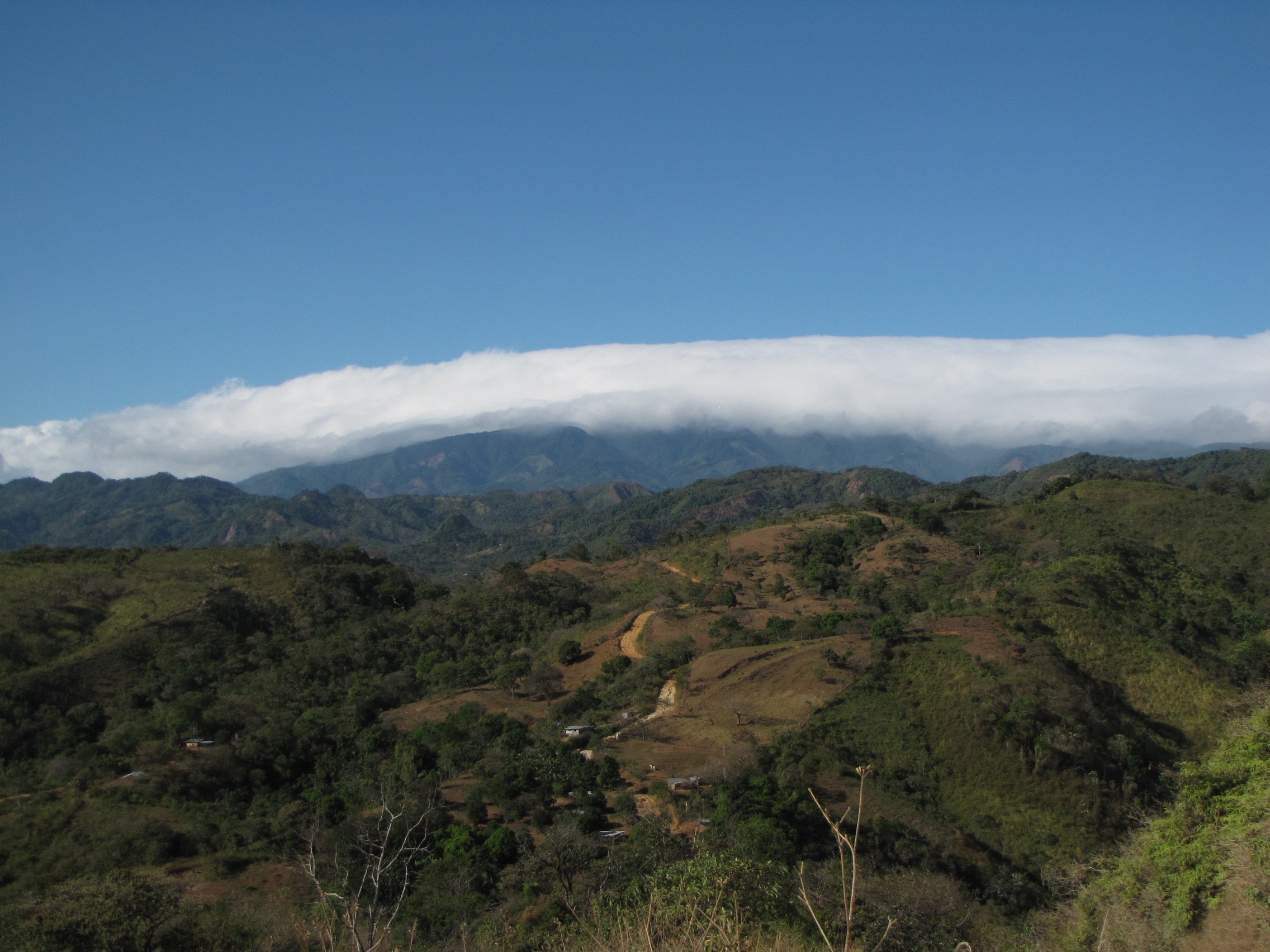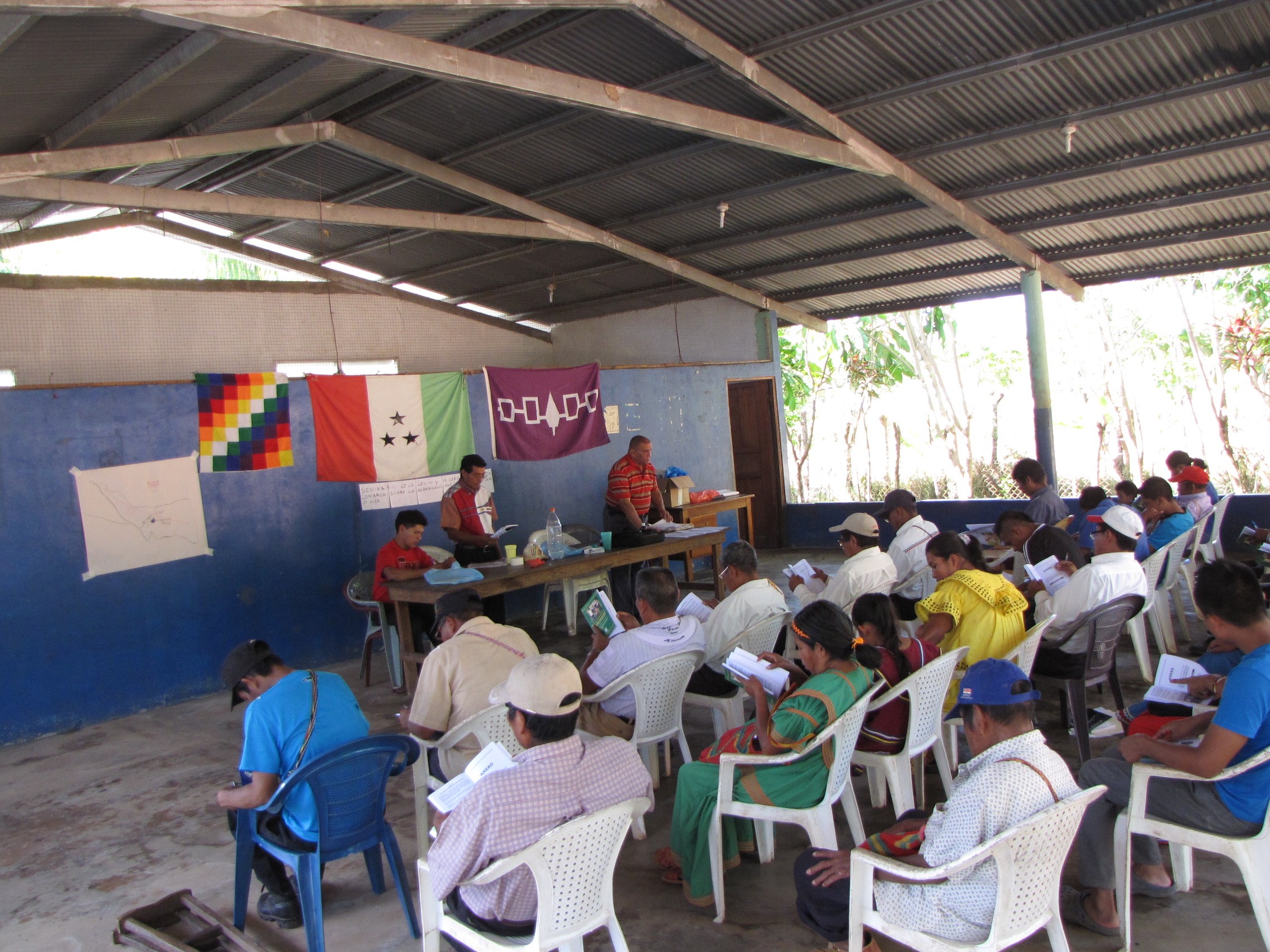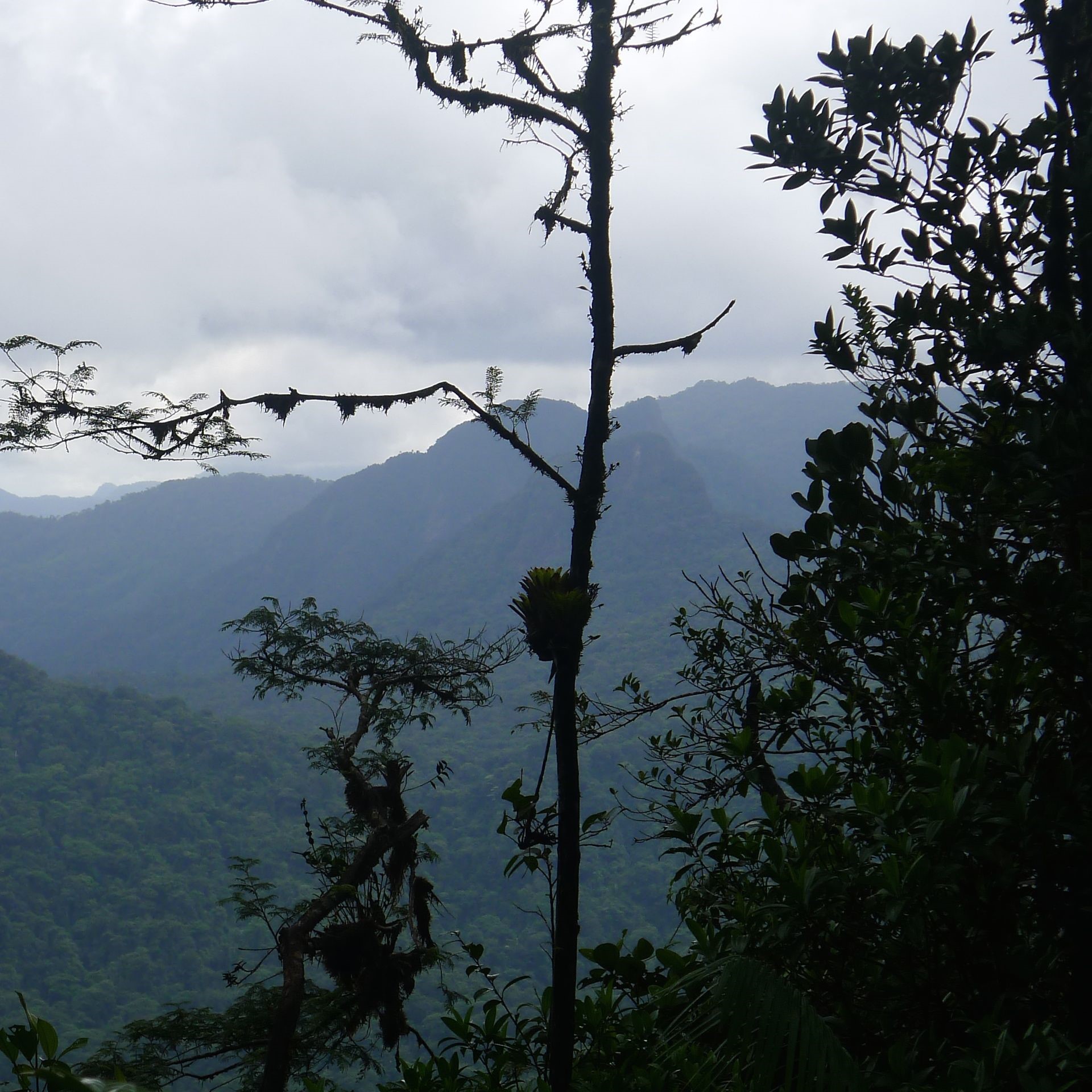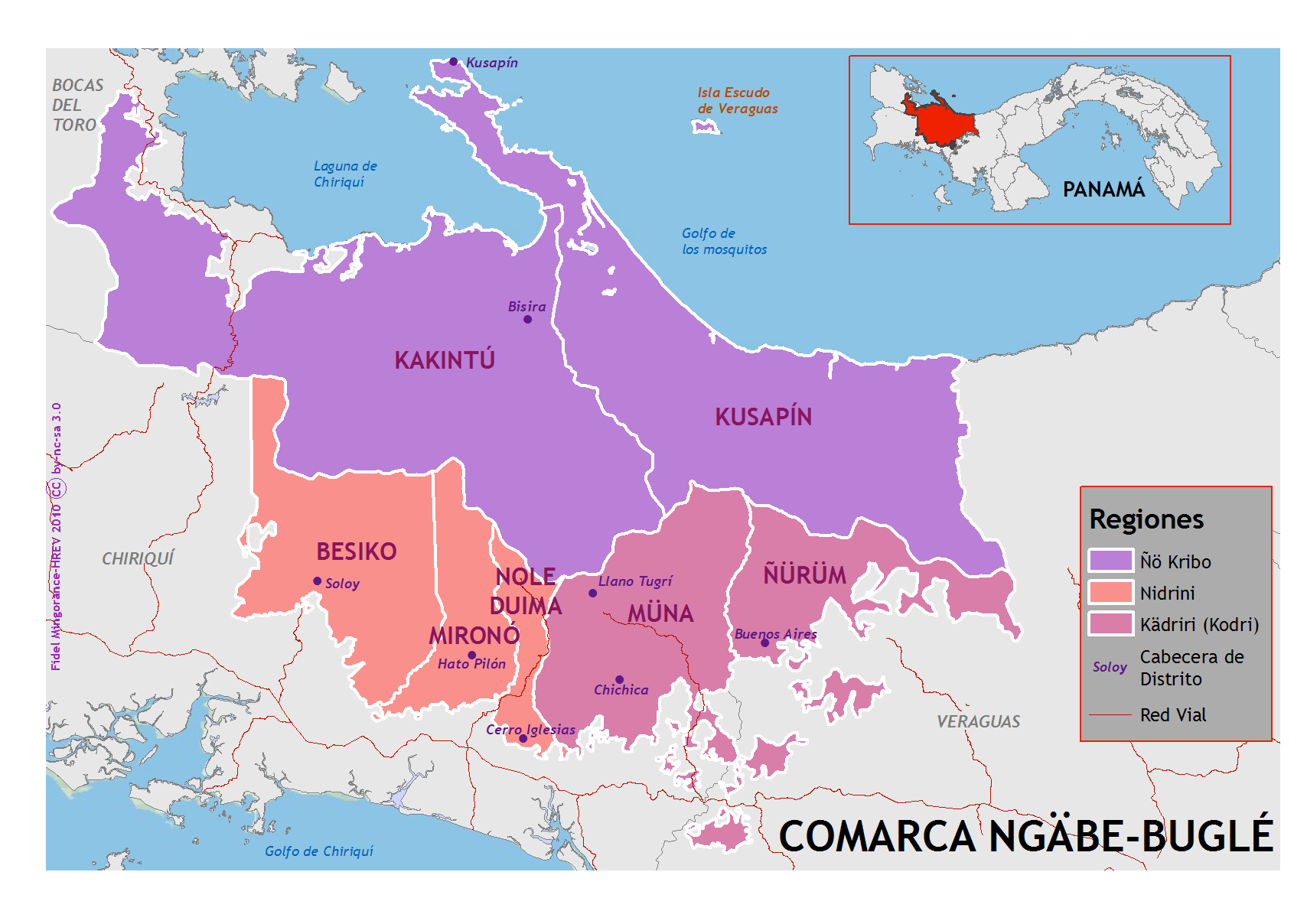Ngäbé and Buglé
Comarca Ngäbé-Buglé, Panama
Research on the Impacts of Mining and Hydroelectric Projects
Territorial and Governance Challenges: the Effects of Mining and Hydro-electric Projects

INSTEAD is partnering with the Congreso General de la Comarca Ngäbé-Buglé, the political governing body of Panama’s largest indigenous group, the Ngäbé and Buglé , to study the territorial and governance challenges that they face on their Comarca Ngäbé-Buglé territory, and to put forth certain proposals for mitigating the effects of mining and hydroelectric projects.

In 2010, the government of Panamá enforced an electoral reform, whereby the government can elect chiefs for the Ngäbé and Buglé, without the input of the Ngäbé and Buglé peoples. This was done in order to weaken the political power of the Ngäbé and Buglé nations in the face of mining and hydroelectric projects. The Ngäbé-Buglé region has one of the largest deposits of copper in the world called Cerro Colorado. From 2010 to 2011, in order to attract transnational mining companies, the government of Panamá implemented a reform of the Mineral Code, spurring conflict in the region between the Ngäbé and Buglé nations and the government. The Ngäbé and Buglé Peoples staged various blockades, protests, and demonstrations, finally resulting in a prohibition on mining, but not on hydroelectric activity.

In light of the human rights violations the Ngäbé Buglé inhabitants faced by the government during these months of protests, they brought their complaints to the UN, who sent James Anaya, the Special Rapporteur on the Rights of Indigenous Peoples, in July 2013 to assess the situation.

Anaya suggested many proposals:
1. Strengthening of Comarca Ngäbé-Buglé self-governance
2. Self-assessment and resurgence of Ngäbé-Buglé culture
3. Ngäbé-Buglé management of their territory and its development.
Since then, the Ngäbé and Buglé nations have attempted to implement these proposals through communication and diffusion via books, radio, and training material; through the training of coffee, artisanal, and environmental associations; and through joint efforts of investigators and the community.

CICADA co-investigator Daviken Studnicki-Gizbert has been working with the Ngäbé and Buglé nations of central and western Panama, which have been on the frontlines of recent conflicts over territorial sovereignty and natural resource development in Panama. The INSTEAD project has allowed for the development of a number of allied projects both inside and outside the Comarca Ngäbé-Buglé, the territory of indigenous self-administration created in 1996.
Inside the Comarca, traditional authorities and INSTEAD researchers are collaborating on the crafting of a history of the Comarca.
Based on oral history interviews with people from different regions and community organizations, it gathers the different perspectives on the struggle for territorial self-determination — from the early twentieth century projects to create an indigenous reserve, to the present confrontations over the advent of large-scale mining and hydro-development.

To accompany this work, a series of workshops were organized for local leaders and organizations on Ngäbé and Buglé forms of governance and the current challenges to these. INSTEAD provided cartographic and documentary resources for these meetings.

Immediately to the east of the Comarca, along the piedmont and coastal areas of the central Atlantic slope, is a zone of Ngäbé and Buglé settlement known locally as the Distrito de Urracá. Claimed as part of the Comarca by indigenous authorities, the region was excluded by the Panamanian government when the boundaries were formalized in 1997.

Without the benefit of formal indigenous title, the communities of the region currently face the challenges of mining development, state-driven biological conservation, and the titling of community lands by outsiders and real estate speculators. A team of Buglé and Ngäbé representatives and McGill researchers are now in the last stages of production of a thematic atlas of Urracá. It will be used as a tool for local education and decision-making across the dozens of communities of the region. Follow-up projects in community-based videography and history are in the planning stages.
Associated Projects
Community atlas of the Urracá District
Documenting Oral History of Development in the Comarca Ngäbé-Buglé
Community Video as Tool of Territorial Defense in Urracá District, Panama
